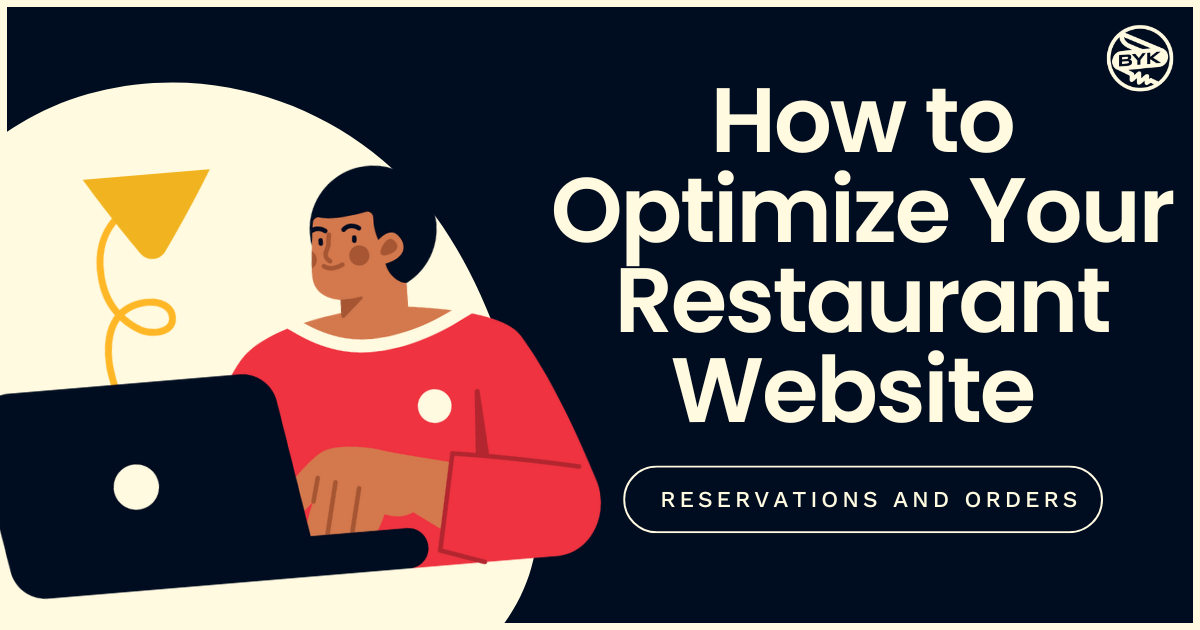For many professionals today, email is their primary form of communication with clients, partners, and coworkers. Email, of course, has its benefits and its drawbacks. Despite its convenience, it can quickly lead to frustration and confusion if people have different expectations, or if the lines of communication become unclear. Below are the top 7 mistakes professionals tend to make in their email communication, and how to avoid these frustrating errors.
Writing ambiguous subject lines
The subject line should clearly and succinctly clue your recipient in to what the email is going to be about. Being vague or misleading in your subject line can not only annoy the recipient, but could lead to people not even opening your emails. While it may be tempting to try to be clever or catchy in the subject line, it is usually best to keep it simple and straightforward, especially when it comes to professional communications.
Marking too many emails as urgent or high priority
This is truly one of the most frustrating things to deal with in an inbox – a whole slew of “urgent” emails, half of which are not urgent at all. Do not be tempted to mark every important email you send as “urgent” or “high priority”, because these designations will come to mean nothing if overused. Then, when the time comes that you do send a very urgent email, your recipients may not believe that they need to read and respond quickly. Reserve this designation for messages that require an immediate response, not for messages that you would just prefer a quick answer to.
Following up too often or not enough
So you’ve sent an email to a colleague or client and you haven’t heard back. It is a perfectly acceptable practice to send a follow-up, but do not send it too soon. Give your recipient a reasonable chance to respond before peppering them with follow-up emails. Not everyone is constantly checking their email, so try to allow them a few business days before sending another message.
On the flip side, it is also an error to wait too long to follow up, or to never follow up at all. Sure, a small percentage of the time, maybe your email is being purposely ignored, and in those cases sending another message won’t be productive. But chances are, if you have not received a response, your recipient probably missed the email, or saw it and forgot to respond. A gentle reminder that you are awaiting a response can spur them to action and move the communication forward.
Covering too much ground in one email
You don’t want to address too many different topics in a single email. If you do, some important information can get lost, buried far down in the message, and questions can be missed. Sometimes, people are tempted to do this so they don’t have to send multiple emails to the same recipient in a row. But most times that you try to include multiple topics, you won’t receive responses to all parts, and will end up needing to email again anyways. Organizationally, it is also easier for all parties to limit each message to a single topic.
Forgetting to spell check and proofread
One of the simplest errors to avoid, yet still one of the most common mistakes people make. Do not be in such a rush to send your emails that you do not take the time to at least read them through once. Spelling and grammar errors are embarrassing and unprofessional, and are also easily avoidable. This is especially important for communications with individuals outside your organization, like partner businesses or clients. You are representing your company each time you email someone, and you do not want to leave a bad impression for something as simple as a typo.
Writing paragraphs that are too long
Your recipient does not want to open your email and come face-to-face with overwhelmingly long blocks of text. Whenever possible, keep your emails short and sweet. It can be tempting to over-explain things, but that will ultimately make your emails wordy, harder to read, and maybe even harder to understand.
Now, there are some situations in which emails just need to be long. This is unavoidable, but you should still do your best to be clear and concise, and to make the email as readable as possible. Separate your points into multiple short paragraphs instead of in one endless block of text. Use bullet points or lists whenever it is possible and appropriate. Do not be needlessly wordy, and overall, just focus on keeping your emails as short and readable as possible, while still covering everything you need to.
Including questions or topics that are too vague
Finally, make sure the topic you are communicating about is appropriate to be handled via email, and that you communicate it clearly to your recipient. Questions you ask in emails should have a relatively clear answer. If you need to ask an employee to complete a specific task, that can be done over email easily. If you need to brainstorm ideas for an upcoming project, meeting in person is probably more productive. Try to avoid submitting vague requests or asking complicated, theoretical questions in an email. These types of communication are better suited to phone calls or in-person discussions, instead of in a lengthy chain of hard-to-follow emails. Streamline your professional email communications by avoiding the common mistakes above. Not only will your recipients appreciate it, but your communication will be more efficient and it will help you out as well.




